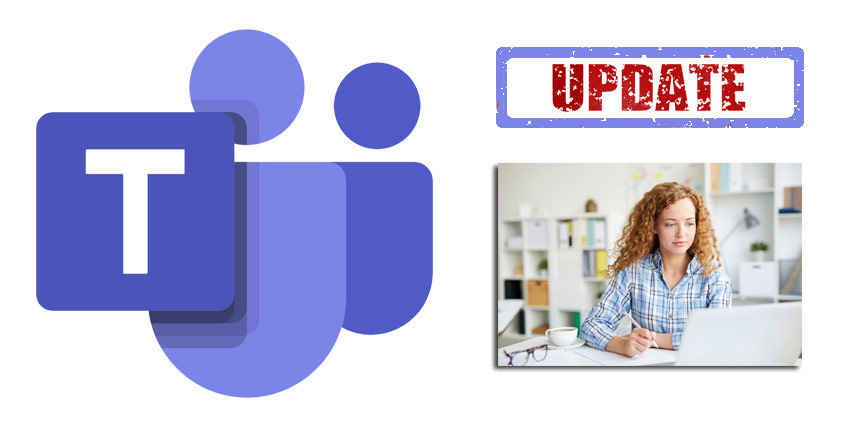Webinars are now fully entrenched in our internal and external marketing mix in 2020. If you weren’t using webinars generously before, this year, social distancing norms and travel restrictions make them your go-to-channel for one-way audience-facing communication. In fact, 84% of marketers consider webinars to be integral to their efforts. So, it makes sense for Microsoft Teams to extend its foray in this direction.
Here’s the full Tweet:
Coming to #MicrosoftTeams later this year –
Webinar registration and reporting, allowing meeting organizers to use event registration with automated emails before the event and view a detailed reporting dashboard afterwards.
Announced at #MSIgnite pic.twitter.com/FCt7crtu5E
— Anne Michels (@Anne_Michels) September 22, 2020
Let us break this down.
Wasn’t Microsoft Teams Always Compatible with Webinar Scenarios?
Webinars are not arriving on Microsoft Teams for the very first time — they are only getting a small but important facelift. The Teams platform currently supports webinars with up to 10,000 attendees for internal users as well as external audiences, big enough for most mid-sized-to-large companies.
We reviewed this capability way back in 2018, with UC Today’s Rebekah Carter assessing Microsoft Live Events for Teams.
However, several customers kept choosing other video conferencing tools (e.g., Zoom and similar Microsoft Teams alternatives) for their webinar needs. Those were simply more purpose-built, and as Tom Arbuthnot pointed out, LIve Events lacked critical features like in-app registration, analytics, and PSTN dial-in.
This recent announcement at Microsoft Ignite 2020 aims to address this.
What’s New with Webinars on Microsoft Teams?
There are two critical updates.
First is webinar registration, where organisers can use automated reminder emails to get participants to register before the webinar begins. This has incredible potential for marketers, independent consultants, and anyone looking to connect with a large audience outside the usual organisational boundaries. Automated emails could drive up webinar registrations, thereby improving your overall marketing effectiveness.
If you were already opting for automated invitations (and the chances are that you were), this update means you no longer need to switch from Teams to a different third-party application.
Second is the ability to view post-webinar analytics. A big part of optimising your marketing mix efficacy is tracking participation, analysing engagement, and routing your investments accordingly. Microsoft will natively support insights on key webinar KPIs like total page views on your webinar registration form, the number of registered participants, actual attendees, average attendance time, and even a play-by-play breakdown of each participant’s activity during the webinar.
Once the webinar ends, you’ll see a dashboard, chock-full of insights.
What Does this Mean for Microsoft Teams Customers?
You can skip this part if webinars aren’t a regular feature in your internal/external communication pipeline, but these new webinar capabilities could have far-reaching implications:
- Microsoft is effectively growing its captive audience. Yet another third-party application is now gone from your technology stack (i.e., a standalone webinar tool), increasing your dependency on Teams.
- Productivity will rise for marketers and webinar power users. There is no more clumsy data-feeding from one app to another, you don’t to add-in an email marketing automation integration to Teams, and app switching efforts are reduced.
This bit of news from Ignite might not have made the headlines, but it definitely makes life a whole lot easier for a small but significant Microsoft Teams userbase.
See all our Microsoft Ignite Teams News







